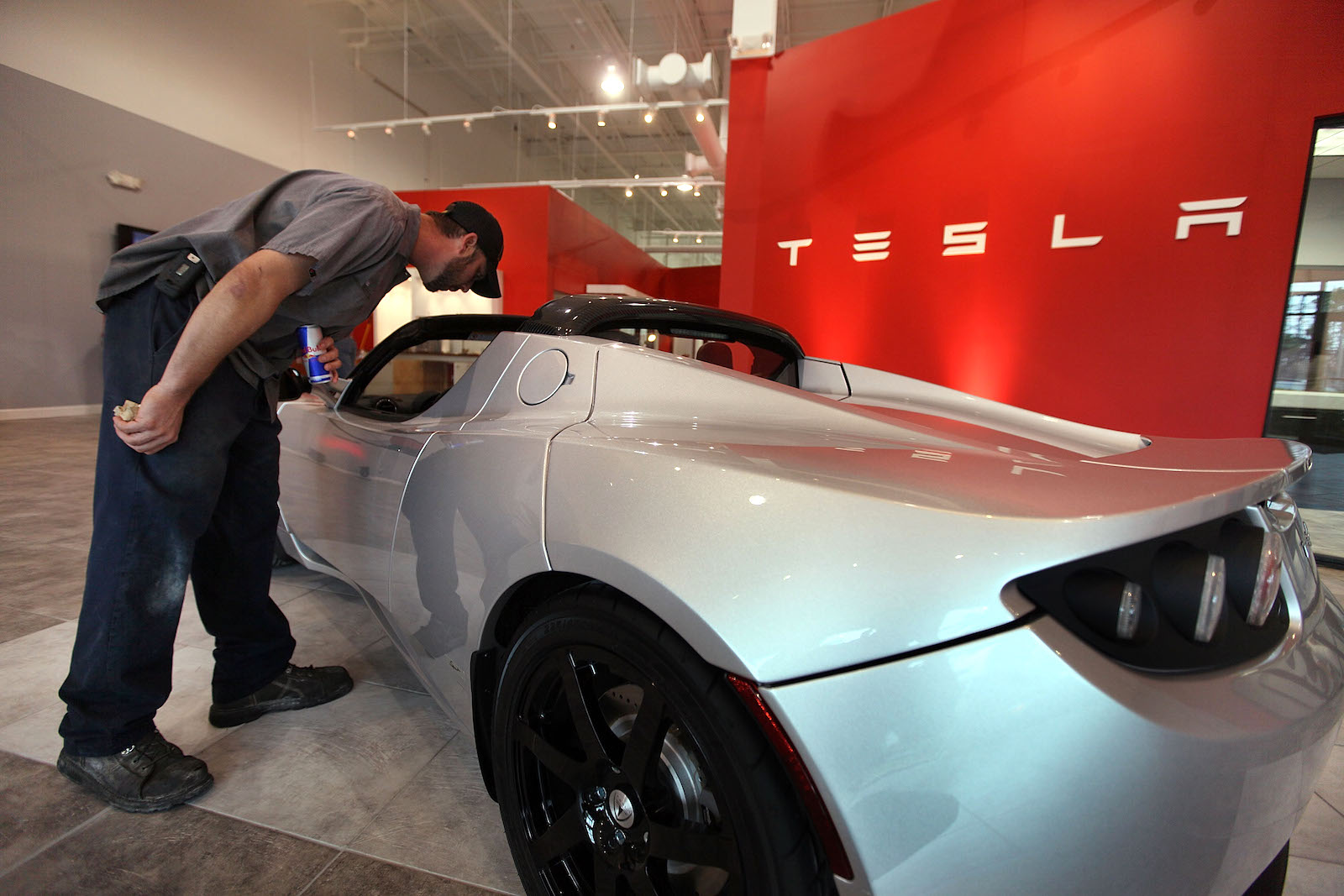In some ways, electric vehicles are everywhere these days: With gas prices soaring and climate warnings becoming more urgent, many drivers are searching online for EVs; major car companies like Ford have released electric versions of their classic models; and several states have introduced EV rebates. With all those incentives in place, perhaps it’s a bit surprising that, in reality, less than 1 percent of all vehicles in the U.S. are electric.
Now, researchers at the University of Geneva say they have identified a potential reason: cognitive bias.
“Until now, initiatives related to the energy transition generally focused on the technological and financial barriers to their realization. Psychological factors have been given very little consideration,” said Mario Herberz, one of the researchers. “Many studies show that individuals do not automatically adopt the behaviors most beneficial for themselves or society, often due to a lack of access to complete information.”
Herzberz and his colleagues conducted their study, published last week in the journal Nature Energy, by contacting almost 900 people split roughly evenly between Germany and the U.S. about their perception of EVs. They asked each person how often they make trips of different distances, and then asked them how much mileage they thought they’d need from an EV battery to complete each task. The researchers found that respondents significantly underestimated – by as much as 30 percent – how many of their daily tasks an EV could support.
So why did so many respondents mistakenly think EVs couldn’t go the distances they required on a regular basis? The researchers theorized it might have to do with humans’ tendency to remember big events instead of commonplace ones. For example, a potential car buyer might measure an EVs utility against a recent cross-country road trip as opposed to their routine trips to the grocery store. It didn’t matter that the cross-country road trip was a rare event; consumers were psychologically primed to conclude that an EV couldn’t meet their transportation needs.
To get consumers and electric car advocates on the same page, the researchers suggested looking to a “compatibility intervention” versus relying on a financial argument. Programs to encourage EV sales often revolve around price – either lowering the price of EVs, or showing potential buyers how much they might save over the vehicle’s lifetime. A compatibility intervention, in contrast, focuses on whether an EV can suit an individual’s lifestyle.
Once a compatibility intervention was given to the respondents, their views on EVs shifted dramatically. One test found that American respondents were willing to spend over $2,000 more on EVs once they were given a compatibility intervention. This change in perception was even more pronounced among car owners who spend the most on their current, gas-powered cars. Those with monthly car costs of $1,250 were willing to pay nearly twice as much on an EV as those paying $750 in monthly payments.
That’s not to say financial interventions aren’t also important to facilitate EV uptake. Even as batteries have gotten cheaper, the cost of purchasing a new electric car in the United States has skyrocketed over the last several years. Also, many of the climate-friendly tax incentives put in place to encourage people to choose EVs over gas guzzlers don’t necessarily benefit lower-income buyers.
The results of this study speak to the need to address consumer fears and misconceptions around electric vehicle adoption. Otherwise, the climate benefits of EVs could be limited – or even reduced. Consumer concerns about EV batteries dying mid-trip have encouraged battery manufacturers to consider making larger batteries with more charge. Larger, heavier batteries financially cost more to transport, while also contributing to higher transportation emissions. Additionally, larger batteries require more cobalt and lithium. The mining process for these precious metals is carbon-intensive and it has also led to conflicts and environmental concerns in communities where these metals are extracted.
By showing car buyers that they can complete most of their activities with the size and charge of current batteries, these researchers hope to show that bigger batteries are not a key part of the energy transition.



